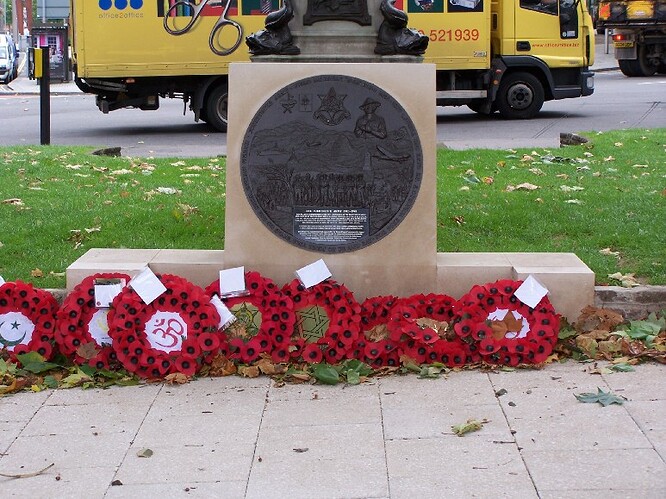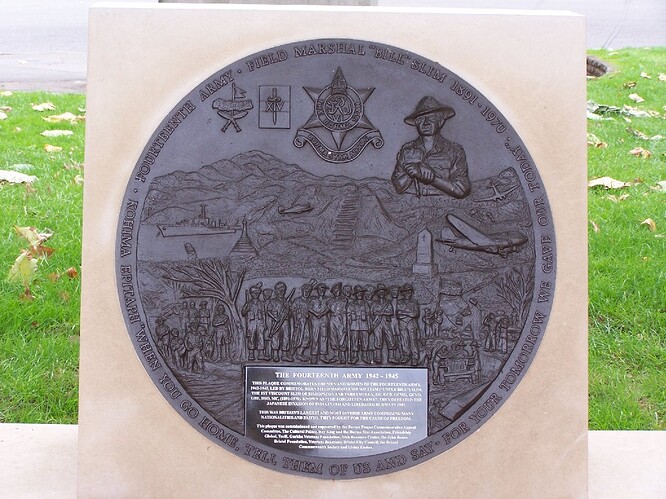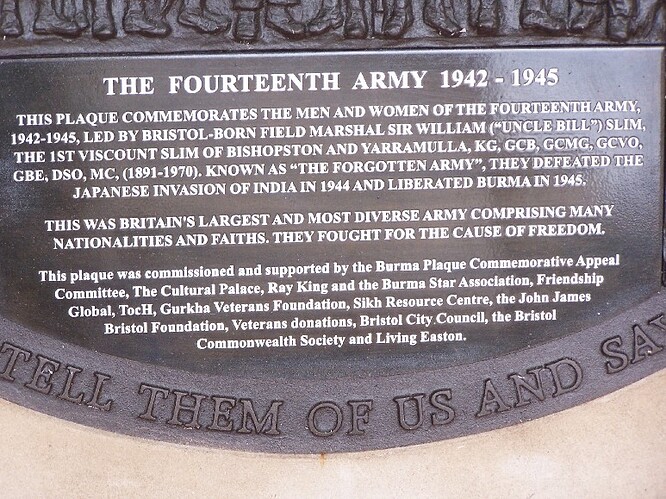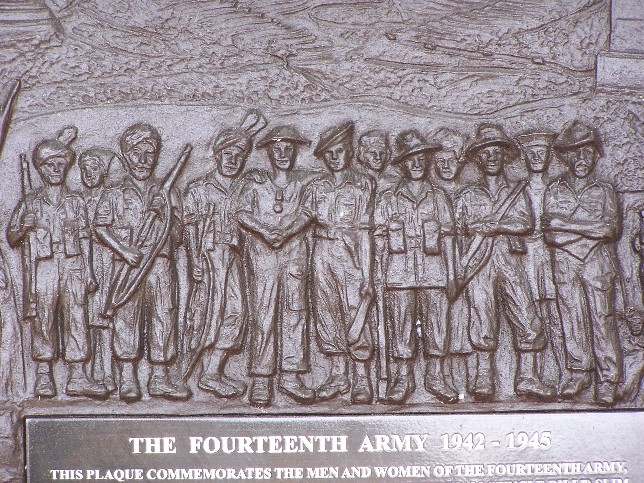I might have read this previously - as I’ve read the bok a couple of times - but I don’t remember it. Wondered if anyone had any knowledge of this weapon and its usage?
[i]“On the heights of Modbung, the Japanese infantry battalion (II/60 – Matsumura) had no anti-tank guns, nor did he have any defence against a strange-looking gun positioned on the slopes of Ekban, two miles south of Modbung. The nature of this was revealed when two sections of 6 Company/II Battalion 60 Infantry Regiment were hammered by a barrage which sent pillars of flame rising from trenches close by and ten seconds later the Japanese heard shells coming over. Lance-Corporal MUragishi listened to the shell’s flight and the echoing which followed, and judged the gun to be an anti-aircraft gun brought up from Imphal, where it would be of no further use, since there were no Japanese planes in the skies to be shot down. The bunkers on the hill were blown up, and fragments of shattered flesh fell all round Muragishi, who scrabbled away furiously at the hillside to dig himself in. To put one’s head out of the trench was almost suicidal, but Muragishi peeped out during a brief pause in the shelling and saw what looked like a great mass of black iron coming along the ridge fifty yards away. It spat red and white flame, and he screamed ‘Tanks!’, despite his sheer disbelief that a tank could climb the 45 degree slope of their hill. The tank halted by a trench it had already shelled, and turned its gun on the Japanese corpses lying there, pumped a few more rounds in them to make sure, and slowly began to move towards Muragishi. He counted four tanks in all, on the hillside, and knew he could do nothing about it. There no anti-tank guns in the entire battalion. Ten seconds, and one of the tanks was almost on the edge of the trench.
To Murugishi’s amazement, Lance-Corporal Uehara, beside him, suddenly heaved his body up out of the trench and dashed at the tank, hissing to his companion, ‘I’ll get that tank! Leave it to me!’ Muragishi saw his right fist clutching what looked like a big, round, glass ball. The tank was few yards away, and Uehara hurled the ball at it. At once, the ball shattered against the front of the tank, which was enveloped in a white vapour, like steam, which was sucked inside.
In seconds, the lid of the gun turret was pushed up and the tank crew hurled themselves out of the tank and down the slope, rolling over and over to escape the smoke. Uhara scrambled on to the turret and threw a grenade. A fiery red pillar rose up from the interior and suddenly the great iron lump was booming and flaming. The grenade had ignited the ammunition.
What Muragishi had witnessed was a rare instance of the use of poison gas in the Second World War. The gas bomb flung by Uehara was relatively new to Burma and there were not many available. It was, in fact, a German invention, one of the few examples of useful collaboration between Germany and Japan. The Japanese called it ‘chibi-dan’,the ‘tich-bomb’, and it consisted of a thick glass ball the size of a base ball containing at it is core prussic acid gas in liquid form. When the tank’s armour plating shattered the glass on impact, the liquid gasified at once in the atmosphere, producing a stream of white smoke which was drawn into the crew space and asphyxiated the occupants. The gas had an enormous killing power; 0.4 mgs in the blood was lethal.”[/i]






